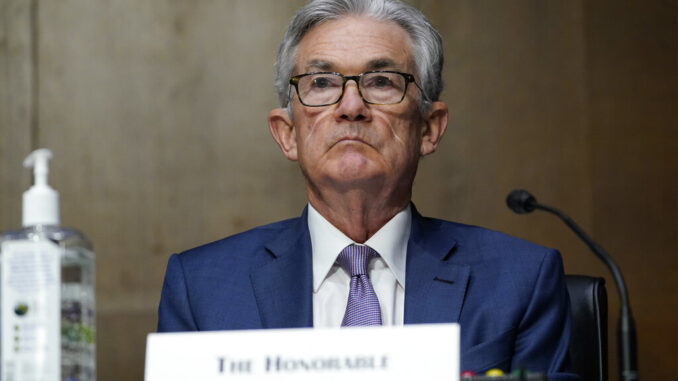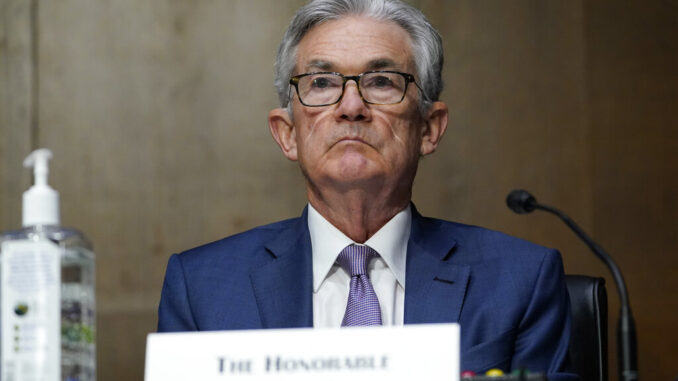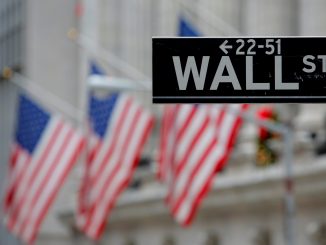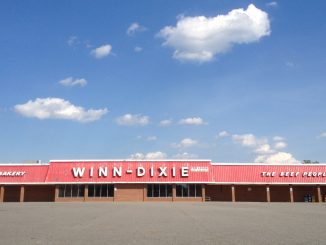

WASHINGTON, D.C. — The Federal Reserve foresees the economy accelerating quickly this year but still expects to keep its benchmark interest rate pinned near zero through 2023, despite concerns in financial markets about potentially higher inflation.
The Fed on Wednesday significantly upgraded its forecasts for growth and inflation. It now envisions the economy expanding 6.5% this year, up sharply from its previous projection in December of 4.2%. And it raises its forecast for inflation by the end of this year from its previous estimate of 1.8% to 2.4% as the economy gains momentum.
That level of inflation would finally surpass the Fed’s 2% annual target after years of ultra-low inflation. But the Fed foresees inflation falling back to 2% in 2022 and 2.1% in 2023.
The central bank also said it would continue to buy $120 billion in bonds each month to keep longer-term borrowing costs down.
The Fed’s upgraded forecasts will raise questions about what would cause it eventually to raise its key short-term rate, which affects many consumer and business loans. As the economy strengthens, the policymakers also think the unemployment rate will drop more quickly than they did in December: They foresee unemployment falling from its current 6.2% to 4.5% by year’s end and to 3.9%, near a healthy level, at the end of 2022.
That suggests that the Fed will be close to meeting its goals by 2023, when it expects inflation to exceed 2% and for unemployment to be at 3.5%. Yet it still doesn’t project a rate hike then.
Still, there are signs that some Fed officials, at least, are edging closer to reining in the central bank’s ultra-low-rate policies. Four of the 18 policymakers now expect a rate hike in 2022, up from just one in December. And seven predict a hike in 2023, up from five in December. The Fed doesn’t name which officials make which projections.
The decision comes as Chair Jerome Powell faces a delicate balancing act: The economy is clearly improving. But if Powell sounds too optimistic, investors might assume the Fed will reverse its low-rate policies prematurely. That could send bond yields rising and potentially weaken the economy as borrowing becomes costlier for companies and households.
Yet if Powell sounds worried that the job market is recovering only slowly, it might spark concerns that the Fed won’t be watchful enough about inflation pressures. That perception, too, could send bond yields rising as investors anticipate rising inflation.
Complicating the picture, the Fed last year announced a policy change in how it manages interest rates by saying it plans to keep rates near zero “for some time” even after inflation has exceeded its 2% target level. The change meant the Fed is prepared to tolerate a higher inflation rate than it generally had in the past.
Previously, the Fed has often raised rates on just the prospect that inflation would rise, a policy that carried the risk of choking off a recovery.
This week’s Fed policy meeting comes as the economy’s outlook has improved significantly since it last met in late January. Job gains accelerated in February, sales at retail stores jumped after $600 relief checks were distributed at the start of the year and President Joe Biden signed his economic relief package into law last week. Average daily COVID infections have also dropped precipitously, and vaccinations have accelerated, raising hopes that Americans will increasingly travel, shop, eat out and spend freely after a year of virus-induced restraint.
As a consequence, economists have been upgrading their outlooks, with many predicting that the economy will expand as much as 7% for all of 2021. That would be the fastest annual growth since 1984.
The brighter outlook has sent the yield on the 10-year Treasury note climbing as investors have dumped bonds, which are typically safe-haven investments during downturns. The yield on the 10-year topped 1.62% in trading Tuesday; it had been below 1% at the end of last year.
Still, the job market has a long way to go to a full recovery. With unemployment at 6.2%, the economy still has 9.5 million fewer jobs than it did before the pandemic struck a year ago.



